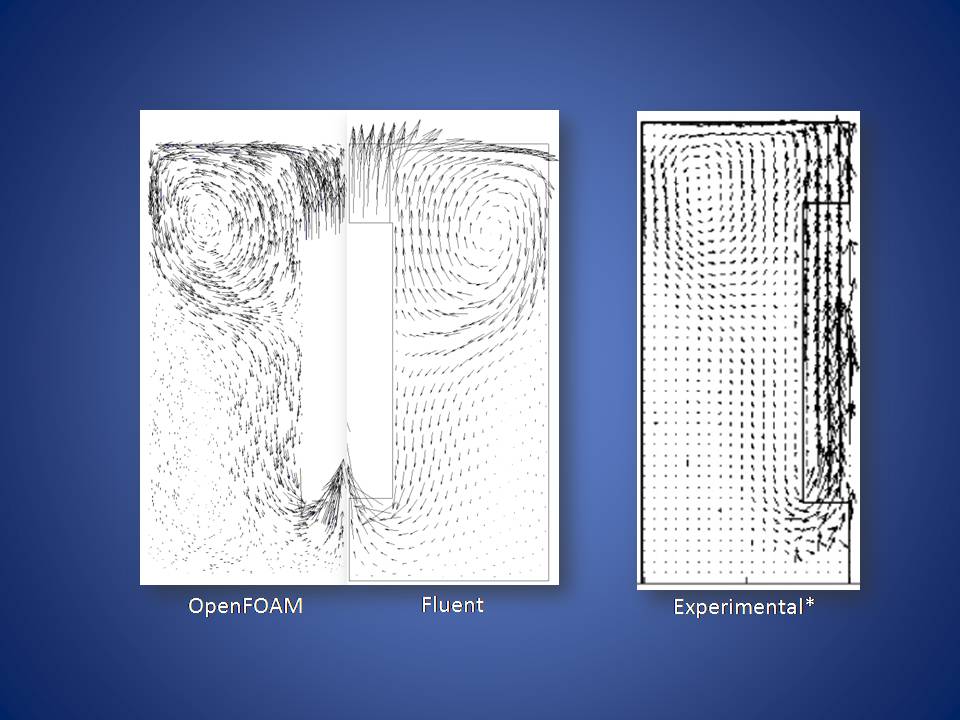Energy Blog
Friday 12 July 2013
Thursday 2 May 2013
gravity experiment
How does gravity affect heavy and light objects?
How does gravity affect heavy and light objects?
Materials needed
- Large book
- Small book
- Wadded paper
- Pencil
- Eraser
- Paper clip
- Paper
Procedure
1. Take the large book in one hand and the small boo in other. Hold the two books at exactly the same height.2. Drop both books at the same time, but before you drop them, predict which one will fall faster. Have someone watch to see which book hits the floor first.
3. Repeat the book drop three times to be sure of your results.
4. Which book falls faster, the large one or the small one?
5. Compare the pencil and the paper in the same way. First predict which you think will fall faster.
6. Compare the various objects, two at a time. In each case predict which will fall faster, and then drop them together three times to test your prediction.
8. Explain how the force of gravity compares with objects that are large, small, heavy, and light, according to your findinding, how do the falling speeds compare?
9. Compare the falling speed of the wadded paper with that of a flat sheet of paper dropped horizontally.
10. Compare the falling speeds of two flat sheets of paper, one dropped vertically and the other horizantly.
11. Compare the falling speed of the wad of paper with that of a flat sheet of paper dropped vertically.
12. Discuss your observations with your group.
For problem solvers:
go to encyclopedias and other resources and do some research about gravity, can you find out what really causes gravity? How large does an object have to be in order for it to have a gravitational attraction for other things? How much do scientists know about gravity?Teacher Information
The force of gravity pulls all objects to the earth at the same rate, regardless of the size or weight of the object. Air resistance can slow the rate of fall, so the flute paper held in horizontal position will fall more slowly. Except for the factor of air resistance, however, the rate of fall is equal. A rock and a feather will fall at the same speed if placed in a vacuumed chamber.Scientists are still trying to figure out exactly what gravity is. They have learned a great though the force is too weak to really notice unless the objects are huge, as with planets and stars.
Wednesday 28 November 2012
3 day International Workshop on Biogas Digester
three-day International Workshop on Domestic Biogas Plant
 |
| three-day International Workshop on Domestic Biogas Plant |
The Asian Development Bank (ADB) and the Ministry of Agriculture
in China organized a three-day International Workshop on Domestic Biogas
from 20-22 November in Chengdu, China.
Almost 120 participants
from over twenty countries, mainly from Asia, representing government
institutions, private sector, financial institutions, civil society
organisations and development agencies joined the event.The workshop aimed to interactively evaluate the performance of national domestic biogas programmes in Asia and to assess their outlook. Additionally, the event discussed in-depth the latest developments and opportunities of the following key issues in biogas programmes: carbon financing, credit facilities, product development, use of bio-slurry and enabling environments of biogas sectors.
Being the cradle of domestic biogas development, Chengdu proved to be a perfect location for this fourth annual biogas workshop initiated by SNV. After Kathmandu (Nepal, 2009), Phnom Penh (Cambodia, 2010) and Bandung (Indonesia, 2011), this year’s biogas event led the participants through the well-known Biogas Institute of Ministry of Agriculture (BIOMA), as well as a biogas village, a biogas service network and the largest producer of fibreglass domes and biogas plants worldwide.
The event included an update of the Working Group on Domestic Biogas convened by SNV, under the Energy for All Partnership (E4ALL) initiated by the ADB. The objective of this group is the construction of one million domestic biogas plants across fifteen Asian countries by 2016.
Saturday 24 November 2012
Launching the new biogas plant digester by BiogasPro
 |
| Launching the new biogas plant digester by BiogasPro |
Designed for individual households, townhouse developments and for export, the fibre glass biogas plan digester name BiogasPro3 meets a need that we have identified in the market
We are very excited to have the prototype of the AGAMA BiogasPro 3 ready for installation and testing. We intend to start rolling them out approximately the middle of 2013. Much as we love the BiogasPro6, we realised there was a place for a smaller digester to serve the needs of families of 5 or less people, generating 10 or less kg of total waste per day and with gas requirements of a couple of hours cooking and water heating time daily.
The BiogasPro 3 biogas plan digester (as its name suggests) is half the volume (not physical external size) of the BiogasPro 6, with half the loading capacity but identical functionality. It can handle a maximum of 500 litres of water per day (instead of 1000 litres) and will generate a maximum of 2 to 3 hours gas burn time on a single ring gas plate daily.
We also wanted to address the issue of transport costs particularly for the export market. We could only fit 5 BiogasPro 6's into one 40 foot container making shipping overseas prohibitively expensive per unit. We have had so much interest from other African countries and also from as far afield as New Zealand, Australia and the United States, that we needed to come up with a solution. Shipping costs were affecting the price so negatively that we were losing very enthusiastic clients.
Back to the drawing board we went with the brief being to reduce size, weight, production costs and, most importantly, to design the digester in such a way that it could be cost effectively shipped in bulk. In other words we had to manufacture in sections that could "nest" within a container. To do that we needed to use a material other than plastic. Fibre glass can be welded on site using epoxy-like welding compounds that are easily transported.
We found a fantastic manufacturing company in Cape Town, "Formo Fibreglass cc" that were willing and excited to work with us to come up with the perfect design. After several iterations and a few failed attempts, we found what we were after. The design enables us to ship the digester in 4 segments. 50 units will fit into one 40 foot container, and already individual homeowners and developers are clamouring to get their hands on one.
Why would developers be interested in biogas you may ask? Because many of them are struggling to get planning permission for new developments due to the fact that the local municipality does not have the capacity to supply that development with sufficient water and/ or sufficient energy. The longer planning permission is delayed the more money they lose. Add to that, the marketing opportunities related to marketing a development as environmentally sustainable and you are onto a winner.
Supplying a new development with a centralised, on-site waste water treatment system is very expensive. The money to build and run the system has to be spent up front before a single house is sold, affecting cashflow. With individualised on site waste water treatment, the money to manage the sewage only has to be spent as the house is sold, with little or no running costs attached to the system once it is live.
We have teamed up with an aerobic package plant agency in Johannesburg, Biobox (see: www.biobox.co.za) to provide a plant that can purify the water leaving the digester to a point where it is safe to use it for irrigation. Their system also uses minimal electricity particularly if there is a slight gradient to the land being developed.
The homeowner will have a reduced energy and water bill as a result of the biogas and the recycling of waste water and the development as a whole will put less strain on the grid making municipalities more willing to grant planning permission. It's a win win win situation for developer, municipality and customer.
sourcehttp://www.biogaspro.com/biogas-blog/item/launching-the-new-biogaspro-3.html
Tuesday 2 October 2012
world’s largest biogas plants constructing in Malaysia
NIRAS is design advisor and provides consultancy assistance in a project which is to gather the entire Sarawak pig production around what will become one of the world’s largest biogas plants based on pig manure
When, next summer, the local government in the Sarawak province on Borneo, Malaysia, start using their new biogas plant, NIRAS has drawn up the basic design as a basis of a functional tender.
NIRAS has, further, assisted technically in the tender process up to the selection of contractor, and we have commented on the contractor’s detailed project. During the construction of the biogas plant NIRAS provides ongoing special consultancy. One approach is a progress report from the site, which includes commented photos. This is a highly effective method of “remote inspection”.
At present, the plant, which, once completed, will be able to treat and utilise the biomass from 250,000 pigs, consists of 8,000 pigs in piggeries operated by the individual former independent pig farmers. There are areas for pig breeding, slaughterhouse, workforce facilities and plants for treatment of the pig manure and sewage sludge from the slaughterhouse.
NIRAS is sub-consultant for local consulting engineer Jurutera Jasa. Jurutera Jasa is the developer’s advisor on the biogas plant and is involved in all processes from design, tender and contracting, via realisation/construction supervision to start-up and handover of the plant.
The plant is situated in the Sarawak province on the island of Borneo in Malaysia and has been named “The Livestock Farming Area (LFA) at Pasir Puteh, Samarahan Division”.
Construction in stages
The entire plant covers a total area of approx. 3.2 by 4.2 kilometres, of which the actual biogas plant covers an area of approx. 300 by 480 m2 (exclusive of collection reservoirs and floating aquatic plant system).
The plant is built in stages. The farm is constructed on an ongoing basis ending with a total capacity of 250,000 pigs. At present agreements are being entered into with pig farmers about moving their production to the farm.
The slaughterhouse and biogas plant are constructed to their full capacity from the start. The slaughterhouse was completed in 2011. The construction of the biogas plant started in 2011 and is expected to be finished in the course of the summer of 2013.
When, next summer, the local government in the Sarawak province on Borneo, Malaysia, start using their new biogas plant, NIRAS has drawn up the basic design as a basis of a functional tender.
NIRAS has, further, assisted technically in the tender process up to the selection of contractor, and we have commented on the contractor’s detailed project. During the construction of the biogas plant NIRAS provides ongoing special consultancy. One approach is a progress report from the site, which includes commented photos. This is a highly effective method of “remote inspection”.
At present, the plant, which, once completed, will be able to treat and utilise the biomass from 250,000 pigs, consists of 8,000 pigs in piggeries operated by the individual former independent pig farmers. There are areas for pig breeding, slaughterhouse, workforce facilities and plants for treatment of the pig manure and sewage sludge from the slaughterhouse.
NIRAS is sub-consultant for local consulting engineer Jurutera Jasa. Jurutera Jasa is the developer’s advisor on the biogas plant and is involved in all processes from design, tender and contracting, via realisation/construction supervision to start-up and handover of the plant.
The plant is situated in the Sarawak province on the island of Borneo in Malaysia and has been named “The Livestock Farming Area (LFA) at Pasir Puteh, Samarahan Division”.
Construction in stages
The entire plant covers a total area of approx. 3.2 by 4.2 kilometres, of which the actual biogas plant covers an area of approx. 300 by 480 m2 (exclusive of collection reservoirs and floating aquatic plant system).
The plant is built in stages. The farm is constructed on an ongoing basis ending with a total capacity of 250,000 pigs. At present agreements are being entered into with pig farmers about moving their production to the farm.
The slaughterhouse and biogas plant are constructed to their full capacity from the start. The slaughterhouse was completed in 2011. The construction of the biogas plant started in 2011 and is expected to be finished in the course of the summer of 2013.
Saturday 29 September 2012
Home biogas system Philippine
The design of most biogas systems can be traced to either the China Fixed Dome 6+ million in-use or the India Floating Cover .9+ million in-use.
The Philippine BioDigester Home Biogas System
1. Does not need a concrete dome that is difficult to build, expensive and prone to leaks.
2. Does not need a floating (metal) cover that corrodes, is expensive and difficult to operate.
3. Does not need a stirring system that corrodes, is laborious and prone to leakage.
4. The Home Biogas System HBS has a simple sediment removal process that is easy and convenient to operate.
5. The Home Biogas System HBS can be located closer to the kitchen or place where the gas will be used to minimize piping problems like clogging and leaks.
Download DC http://xa.yimg.com/kq/groups/22030001/1611142161/name/Home+biogas+system.docx
The Philippine BioDigester Home Biogas System
1. Does not need a concrete dome that is difficult to build, expensive and prone to leaks.
2. Does not need a floating (metal) cover that corrodes, is expensive and difficult to operate.
3. Does not need a stirring system that corrodes, is laborious and prone to leakage.
4. The Home Biogas System HBS has a simple sediment removal process that is easy and convenient to operate.
5. The Home Biogas System HBS can be located closer to the kitchen or place where the gas will be used to minimize piping problems like clogging and leaks.
Download DC http://xa.yimg.com/kq/groups/22030001/1611142161/name/Home+biogas+system.docx
Subscribe to:
Posts (Atom)
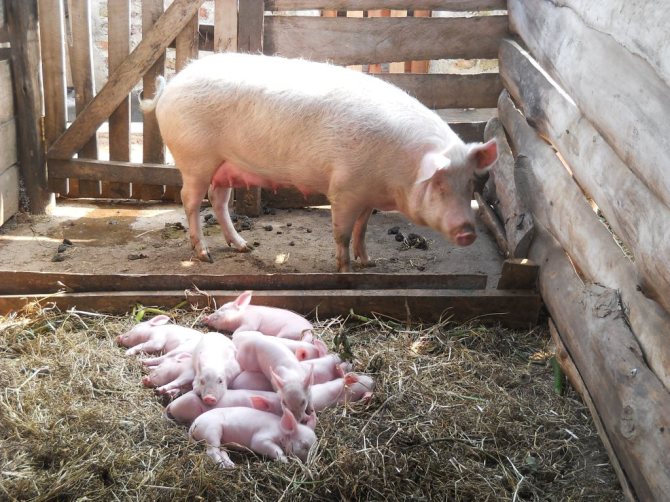
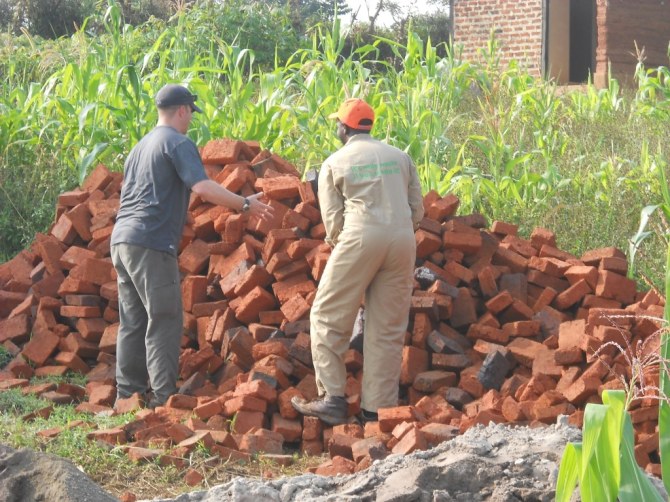
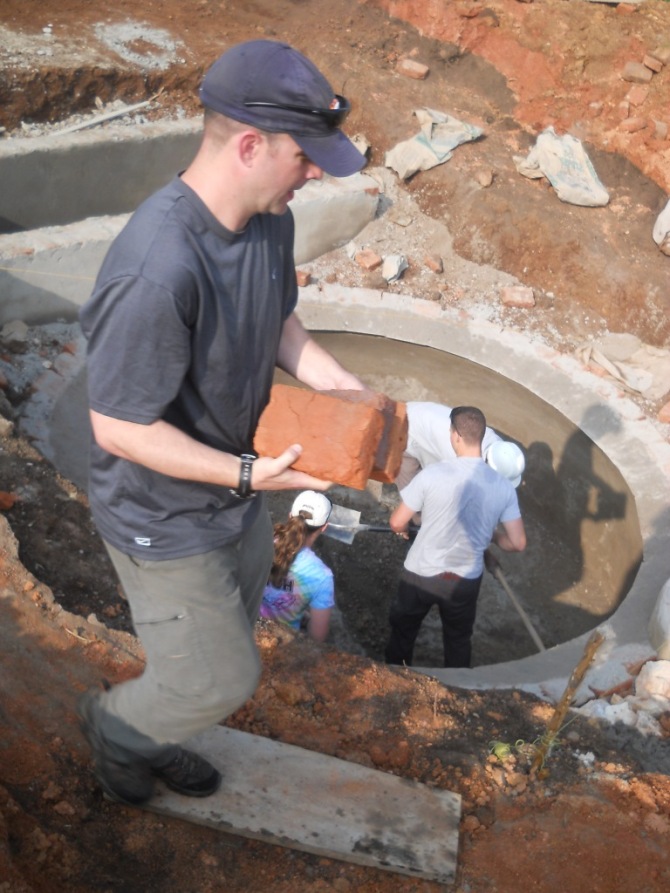
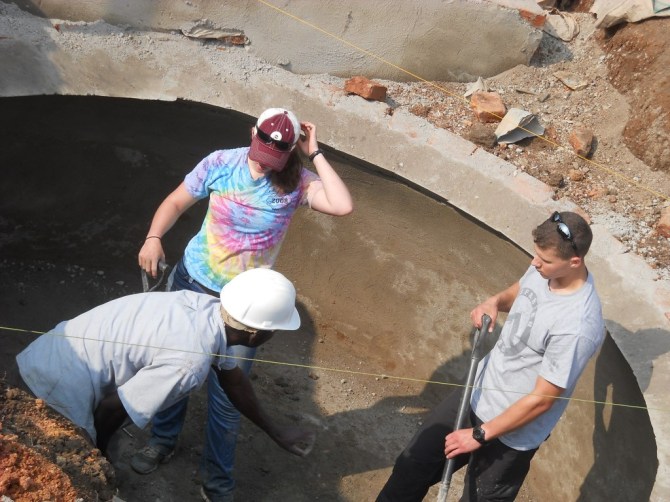
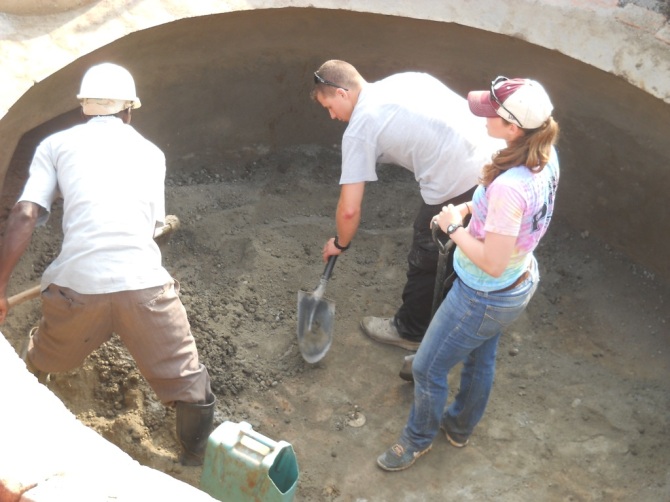

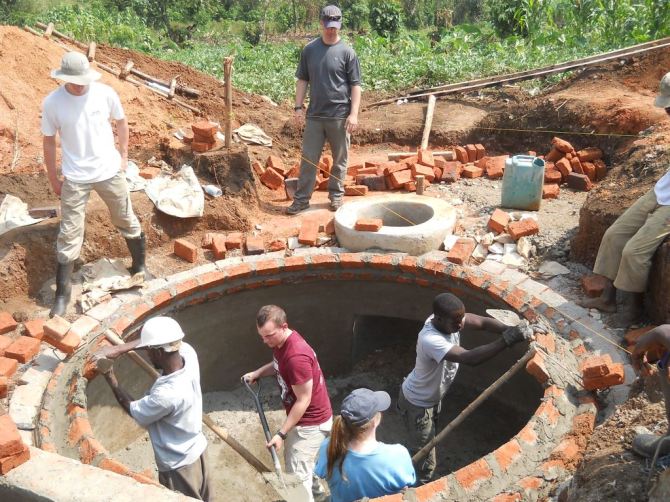
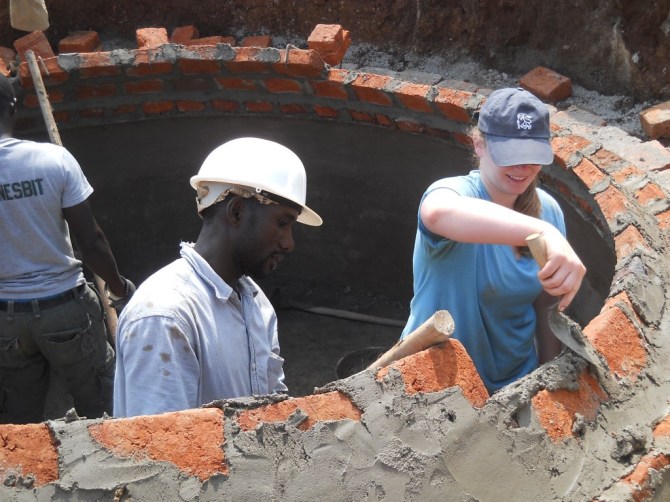
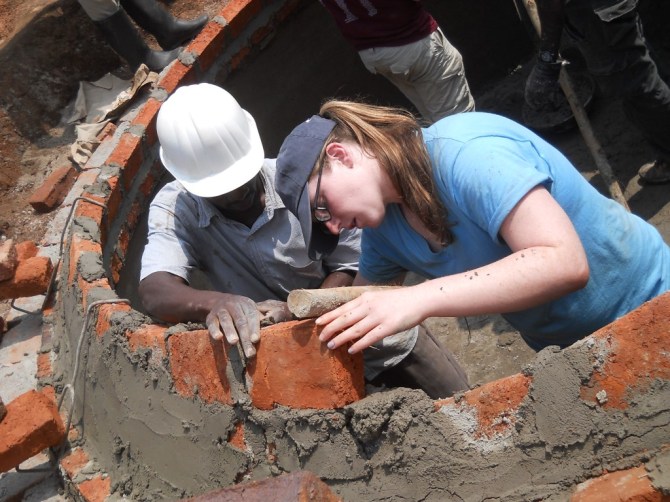
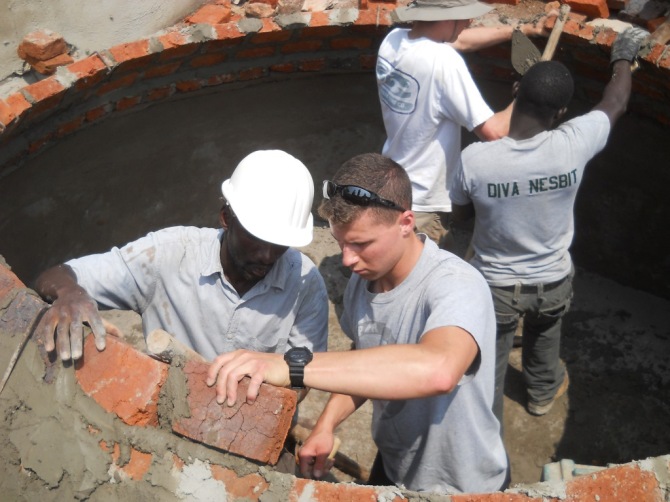
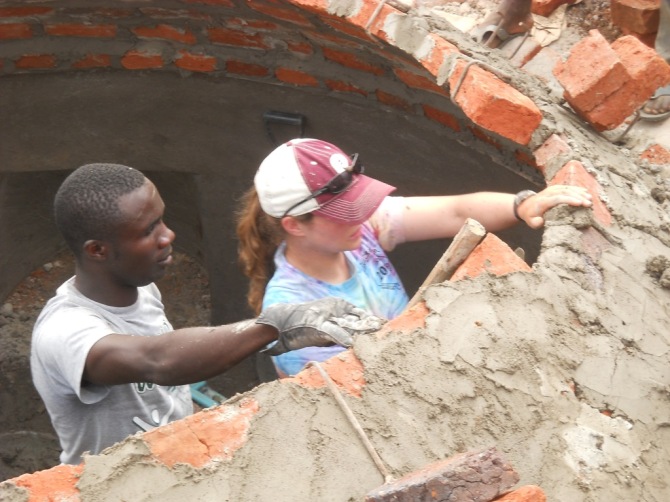

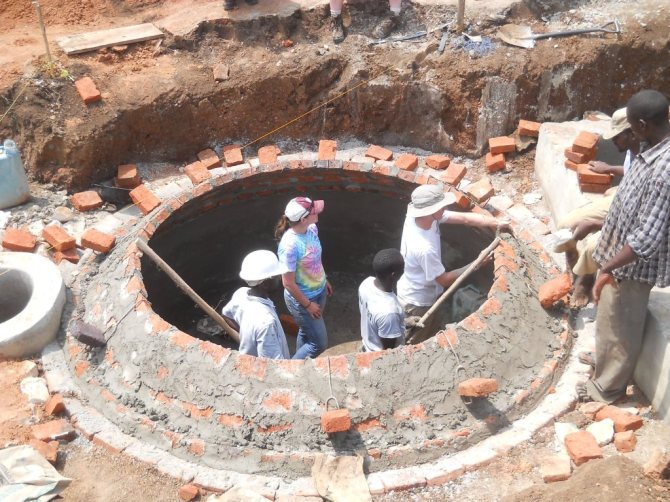
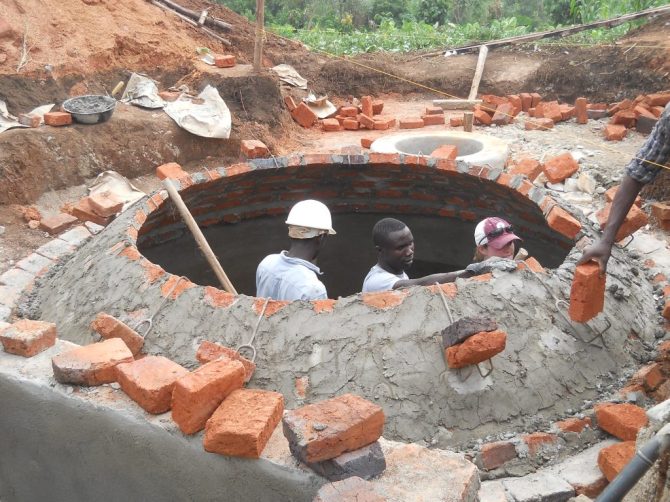
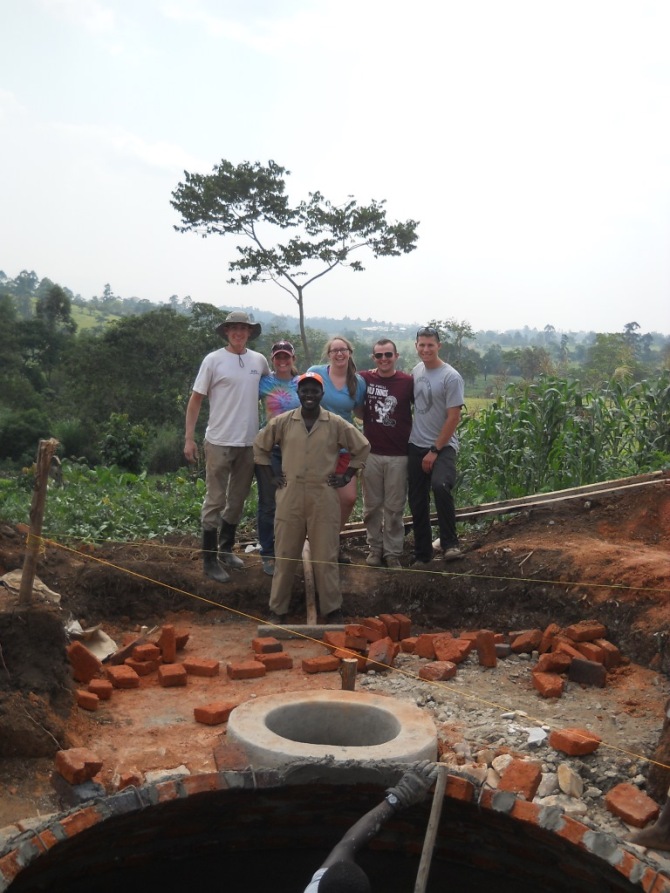


.JPG)
.JPG)
.JPG)
.JPG)
.JPG)
.JPG)
.JPG)
.JPG)
.JPG)
.JPG)
.JPG)
